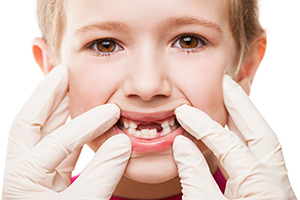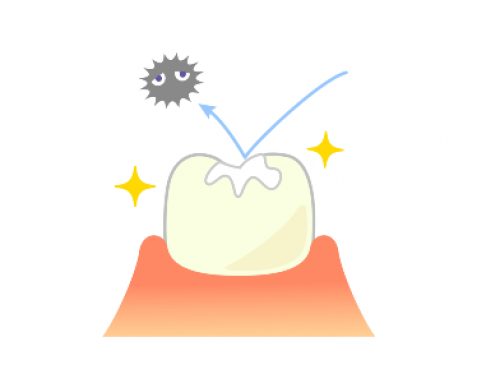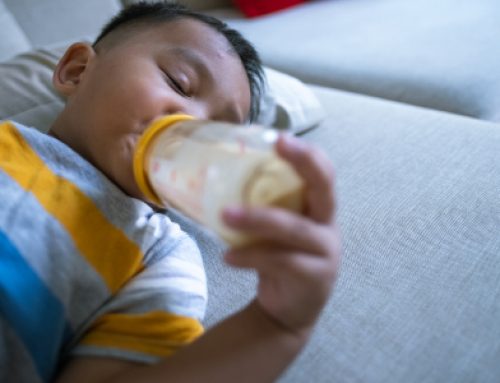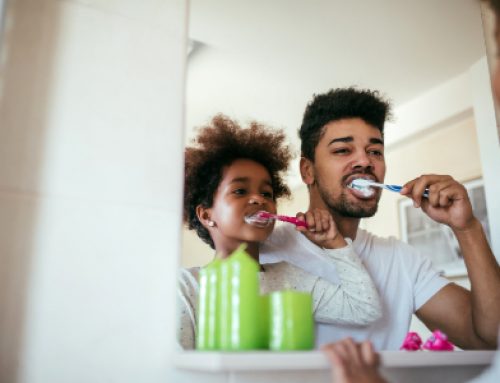 It would be comforting to think that gum disease only affected adults, but adolescents and even pre-adolescents are at risk as well. In fact, the condition is so common among teenagers that we call it Localized Juvenile Periodontitis (LJP).
It would be comforting to think that gum disease only affected adults, but adolescents and even pre-adolescents are at risk as well. In fact, the condition is so common among teenagers that we call it Localized Juvenile Periodontitis (LJP).
What causes gum disease and Localized Juvenile Periodontitis? We usually think of periodontal disease as a result of plaque and calculus build-up. But the real culprit is bacteria that can spread from site to site in the mouth and even from person to person. You can even “catch” it yourself.
What are the Symptoms of Gum Disease?
Symptoms may include sensitive, sore, swollen, or painful gums that bleed easily when brushing or flossing. Unfortunately, however, there may be no symptoms or pain at all, especially during the early stages of the disease. So the best way to prevent it is to remain vigilant in scheduling regular exams for yourself and your children. Genetics also play a large role in your periodontal health and resistance to infection. So if one family member has gum disease, others might be at an increased risk as well.
How is it Treated?
Whenever perio-disease is present, we’ll recommend increased cleaning appointments that may include specialized periodontal treatments. We might also decide to take a sample or swab of the area for testing purposes. Once we identify the type of bacteria present, we may prescribe a regimen of antibiotics to help fight the infection, with capsules taken orally or medication applied directly to the inflamed areas. Don’t wait until there’s a real problem. Call and make an appointment to protect your family against periodontal disease.
Localized Juvenile Periodontitis can spread like wildfire. Constant vigilance is your best protection. With regular dental check-ups, we’ll diagnose gum disease before it has a chance to spread and do real damage.



